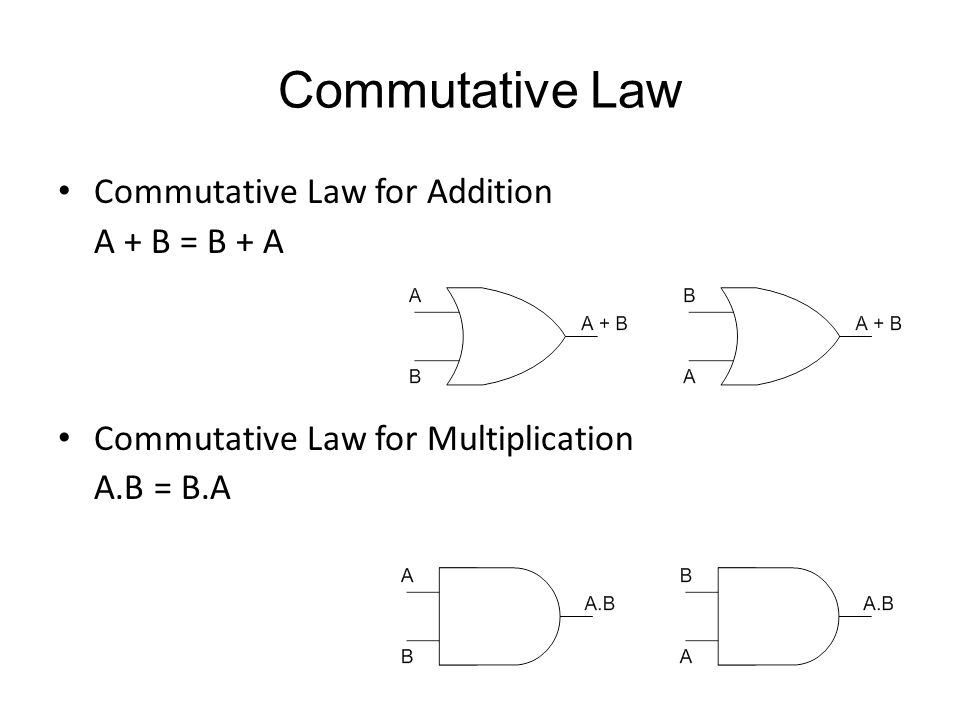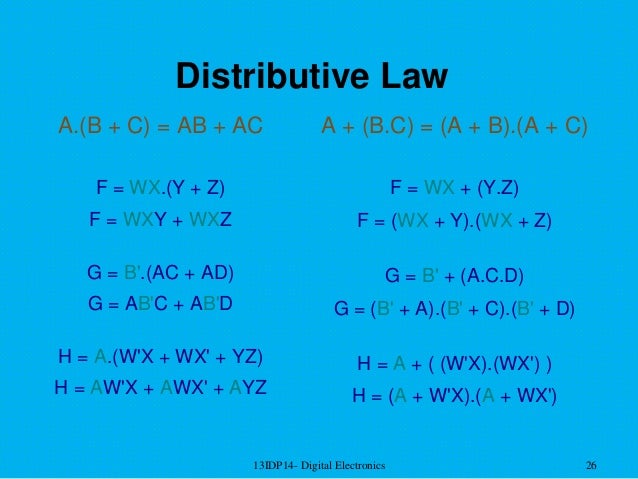BOOLEN ALGEBRA
George Boole, (born November 2, 1815, Lincoln, Lincolnshire, England—died December 8, 1864, Ballintemple, County Cork, Ireland), English mathematician who helped establish modern symbolic logic and whose algebra of logic, now called Boolean algebra, is basic to the design of digital computer circuits.
INTRODUTION;
The most obvious way to simplify Boolean expressions is to manipulate them in the same way as normal algebraic expressions are manipulated. With regards to logic relations in digital forms, a set of rules for symbolic manipulation is needed in order to solve for the unknowns.A set of rules formulated by the English mathematician George Boole describe certain propositions whose outcome would be either true or false. With regard to digital logic, these rules are used to describe circuits whose state can be either, 1 (true) or 0 (false). In order to fully understand this, the relation between the AND gate, OR gate and NOT gate operations should be appreciated. A number of rules can be derived from these relations as Table 1 demonstrates.
- P1: X = 0 or X = 1
- P2: 0 . 0 = 0
- P3: 1 + 1 = 1
- P4: 0 + 0 = 0
- P5: 1 . 1 = 1
- P6: 1 . 0 = 0 . 1 = 0
- P7: 1 + 0 = 0 + 1 = 1
BOOLEAN ALGEBRA OPERATIONS;
The basic operations of Boolean algebra are as follows:
- Conjunction or AND operation
- Disjunction or OR operation
- Negation or Not operation

Below is the table defining the symbols for all three basic operations.
| Operator | Symbol | Precedence |
| NOT | ‘ (or) ¬ | Highest |
| AND | . (or) ∧ | Middle |
| OR | + (or) ∨ | Lowest |
Suppose A and B are two boolean variables, then we can define the three operations as;
- A conjunction B or A AND B, satisfies A ∧ B = True, if A = B = True or else A ∧ B = False.
- A disjunction B or A OR B, satisfies A ∨ B = False, if A = B = False, else A ∨ B = True.
- Negation A or ¬A satisfies ¬A = False, if A = True and ¬A = True if A = False
Boolean Algebra: Boolean algebra is the branch of algebra that deals with logical operations and binary variables.
Boolean Variables: A boolean variable is defined as a variable or a symbol defined as a variable or a symbol, generally an alphabet that represents the logical quantities such as 0 or 1.
Boolean Function: A boolean function consists of binary variables, logical operators, constants such as 0 and 1, equal to the operator, and the parenthesis symbols.
Literal: A literal may be a variable or a complement of a variable.
Complement: The complement is defined as the inverse of a variable, which is represented by a bar over the variable.
Truth Table: The truth table is a table that gives all the possible values of logical variables and the combination of the variables. It is possible to convert the boolean equation into a truth table. The number of rows in the truth table should be equal to 2n, where “n” is the number of variables in the equation. For example, if a boolean equation consists of 3 variables, then the number of rows in the truth table is 8. (i.e.,) 23 = 8.
BOOLEN ALGEBRA TRUTH TABLE;
| Boolean Expression | Description | Equivalent Switching Circuit | Boolean Algebra Law or Rule |
| A + 1 = 1 | A in parallel with closed = “CLOSED” |  | Annulment |
| A + 0 = A | A in parallel with open = “A” |  | Identity |
| A . 1 = A | A in series with closed = “A” |  | Identity |
| A . 0 = 0 | A in series with open = “OPEN” |  | Annulment |
| A + A = A | A in parallel with A = “A” |  | Idempotent |
| A . A = A | A in series with A = “A” |  | Idempotent |
| NOT A = A | NOT NOT A (double negative) = “A” | Double Negation | |
| A + A = 1 | A in parallel with NOT A = “CLOSED” |  | Complement |
| A . A = 0 | A in series with NOT A = “OPEN” |  | Complement |
| A+B = B+A | A in parallel with B = B in parallel with A |  | Commutative |
| A.B = B.A | A in series with B = B in series with A |  | Commutative |
| A+B = A.B | invert and replace OR with AND | de Morgan’s Theorem | |
| A.B = A+B | invert and replace AND with OR | de Morgan’s Theorem |
BOOLEN ALGEBRA RULES; Following are the important rules used in Boolean algebra.
- Variable used can have only two values. Binary 1 for HIGH and Binary 0 for LOW.
- The complement of a variable is represented by an overbar. Thus, complement of variable B is represented as
B¯ . Thus if B = 0 thenB¯ =1 and B = 1 thenB¯ = 0. - OR-ing of the variables is represented by a plus (+) sign between them. For example OR-ing of A, B, C is represented as A + B + C.
- Logical AND-ing of the two or more variable is represented by writing a dot between them such as A.B.C. Sometimes the dot may be omitted like ABC.
Related Links | |
| Truth Table | Tautology |
| Conjunction | Mathematical Logic |
LAWS OF BOOLEN ALGEBRA;
The variables used in Boolean Algebra only have one of two possible values, a logic “0” and a logic “1” but an expression can have an infinite number of variables all labelled individually to represent inputs to the expression, For example, variables A, B, C etc, giving us a logical expression of A + B = C, but each variable can ONLY be a 0 or a 1.
Examples of these individual laws of Boolean, rules and theorems for Boolean Algebra are given in the following table.
There are six types of Boolean algebra laws. They are:
- Commutative law
- Associative law
- Distributive law
- AND law
- OR law
- Inversion law
Those six laws are explained in detail here.
1.COMMUTATIVE LAW;
Any binary operation which satisfies the following expression is referred to as a commutative operation. Commutative law states that changing the sequence of the variables does not have any effect on the output of a logic circuit.
- A. B = B. A
- A + B = B + A

It states that the order in which the logic operations are performed is irrelevant as their effect is the same.
- ( A. B ). C = A . ( B . C )
- ( A + B ) + C = A + ( B + C)

Distributive law states the following conditions:
. A. ( B + C) = (A. B) + (A. C)
. A + (B. C) = (A + B) . ( A + C)

4.AND LAW;
These laws use the AND operation. Therefore they are called as AND laws.

5.OR LAW;
These laws use the OR operation. Therefore they are called as OR laws.

6. INVERSION LAW;
This law uses the NOT operation. The inversion law states that double inversion of a variable results in the original variable itself.



Comments
Post a Comment